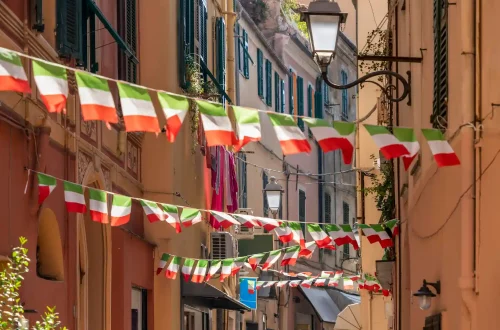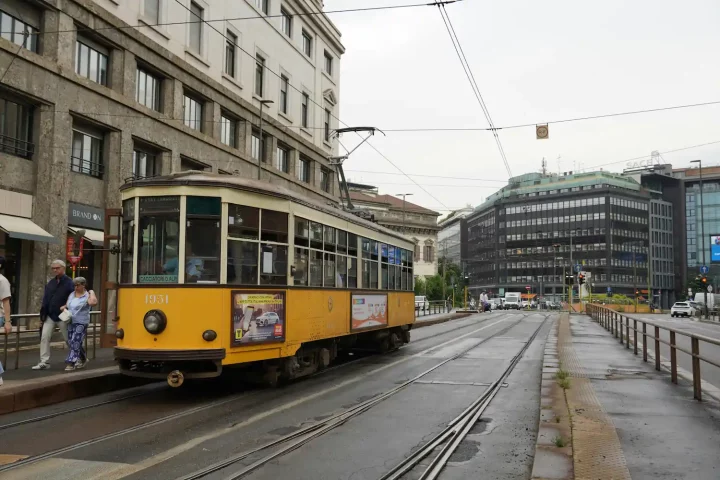Applying for Italian citizenship directly in Italy is a viable and attractive option for many individuals. It offers the unique opportunity to experience Italian culture up close while engaging in the process of reconnecting with your heritage.
However, this pathway comes with specific considerations—legal, bureaucratic, financial, and logistical—that may make it more complex for some applicants, depending on their personal circumstances and preparedness.
This article examines the process of applying for Italian citizenship in Italy, outlines the challenges that may arise, and explores alternative approaches that could offer a more convenient or efficient path for certain applicants. By understanding the different options available, individuals can make an informed decision that best aligns with their needs and goals.
Applying for Italian citizenship in Italy: Common challenges
While the idea of applying for citizenship directly in Italy may be enticing, there are several reasons why this approach may be fraught with challenges.
1. Legal Residency Requirement
To apply for Italian citizenship in Italy, applicants must establish and maintain legal residency in the country for the duration of the process. This requirement presents several hurdles:
- Residency Documentation: Non-European Union citizens must ensure their passports are stamped upon entering Italy. If traveling from an EU country, applicants are required to submit a “dichiarazione di presenza” (declaration of presence) upon arrival.
- Costs of Residency: Renting a place to stay, even temporarily, can be costly. Furthermore, some applicants might resort to securing documentation of residency purely for the purpose of citizenship applications without an intention to stay in Italy. This can be considered fraudulent, as residency permits are intended for individuals planning to live in the country permanently—not for those who plan to leave after a few months.
2. Prolonged Waiting Times
The time required for municipalities in Italy to process citizenship applications can be extensive. Local authorities tend to prioritize native Italian residents’ requests, which can cause delays for applicants applying solely for citizenship.
Additional factors contributing to prolonged wait times include bureaucratic backlogs, such as staff shortages, as well as the misinterpretation of documents.
3. Unpredictable Costs
Staying in Italy for the duration of the application process entails various expenses. Applicants must cover the costs of accommodation, transportation, and day-to-day living. These expenses can add up quickly, especially in larger cities or regions with higher living costs.
4. Legal Complexity
Applying for citizenship directly in Italy can expose applicants to several legal risks:
- Procedural errors: Mistakes in the application process can result in delays or outright rejection.
- Inadequate support: Without local knowledge, language proficiency, or professional guidance, applicants may struggle to navigate the intricate legal and bureaucratic landscape effectively.
Take advantage of specialized assistance to secure your passport for a borderless future.
Efficient alternatives for obtaining Italian citizenship
While applying for citizenship directly in Italy is a viable option, there are other alternatives that may prove more efficient and practical for some individuals. These alternatives can help address challenges such as logistical complexities or legal requirements, offering applicants additional pathways to consider based on their specific needs and circumstances.
1. Consular process in country of residence
The consular route allows individuals to apply for Italian citizenship through their local Italian consulate. While this method may involve longer timelines compared to applying in Italy, it provides applicants the option to remain in their home country without needing to travel to or reside in Italy.
As a consequence, there is no need to bear the financial burden of living in Italy during the application process. Additionally, consulates are equipped to handle citizenship applications for individuals in their jurisdictions, making it easier to access support when needed.
2. Judicial Route (Administrative or Court Process)
The judicial route is often a more efficient alternative to both the consular process and applying in Italy. This method involves filing a petition directly with Italian courts, which handle a smaller number of cases, thereby bypassing the lengthy consular queues.
Unlike the consular process, which may require all family members to reside within the same jurisdiction, the judicial route allows family members to apply regardless of their location. This makes it a more inclusive option for multi-location families and eliminates the need to establish residency in Italy, saving significant time and money.
The only drawback of this route is the cost associated with hiring a specialist lawyer in Italy. However, this lawyer will manage the entire process on your behalf, significantly reducing stress for you and your family and minimizing the risk of procedural errors.
Which route to choose?
Applying for Italian citizenship directly in Italy offers a faster route for many applicants, however, the challenges of legal residency requirements, unexpected delays, unpredictable costs, and legal complexities can often become unbearable. For most applicants, alternative routes—such as the consular process or judicial route—are more efficient and less burdensome.The judicial route, in particular, offers significant advantages, including faster processing, and support from experienced professionals. By choosing the right pathway and seeking expert assistance, you can navigate the citizenship process with greater confidence and achieve your goal of becoming an Italian citizen without unnecessary stress.






